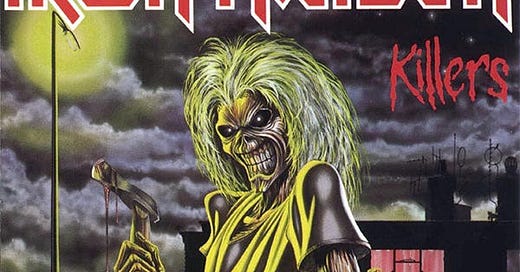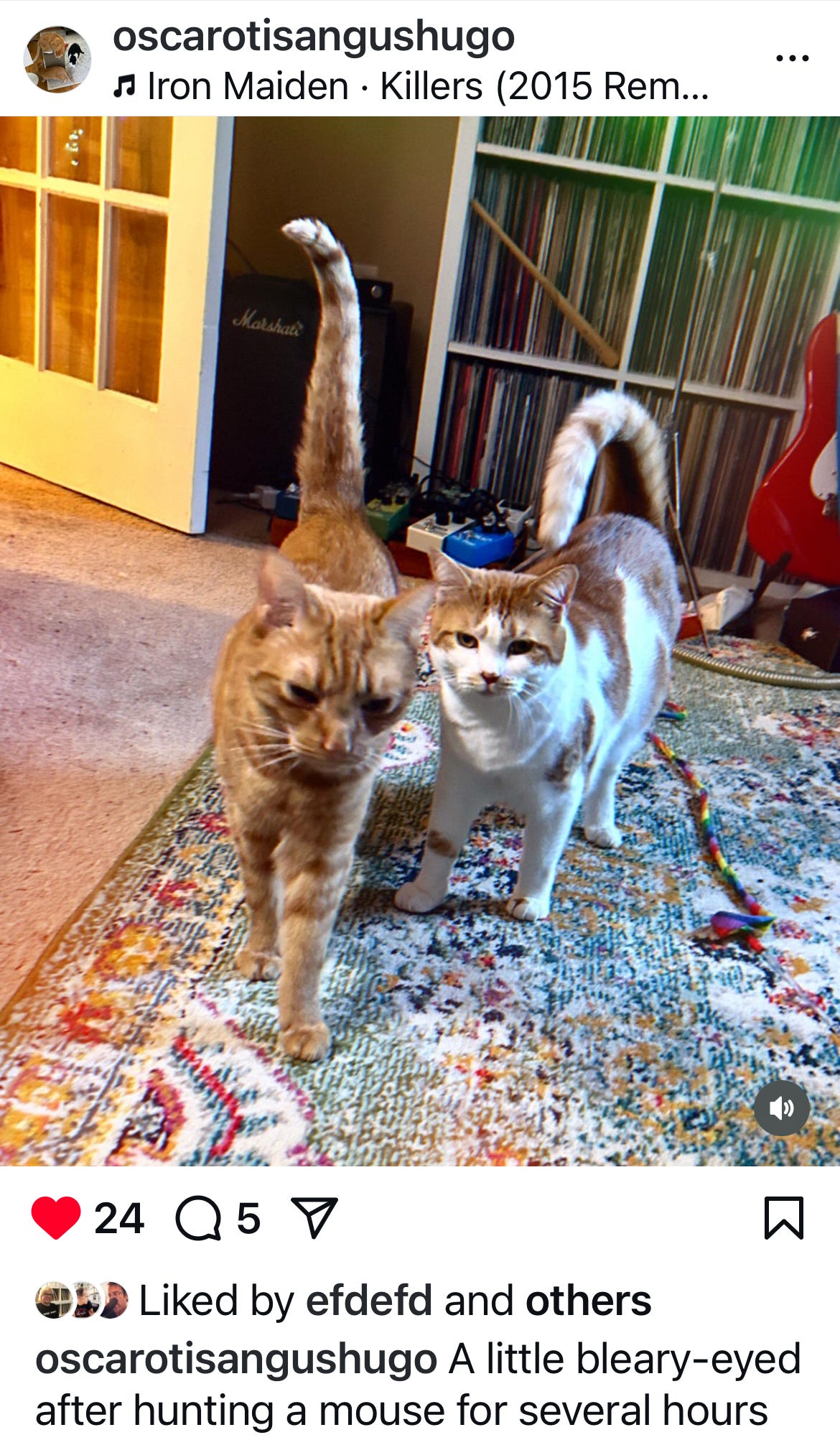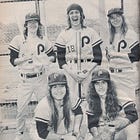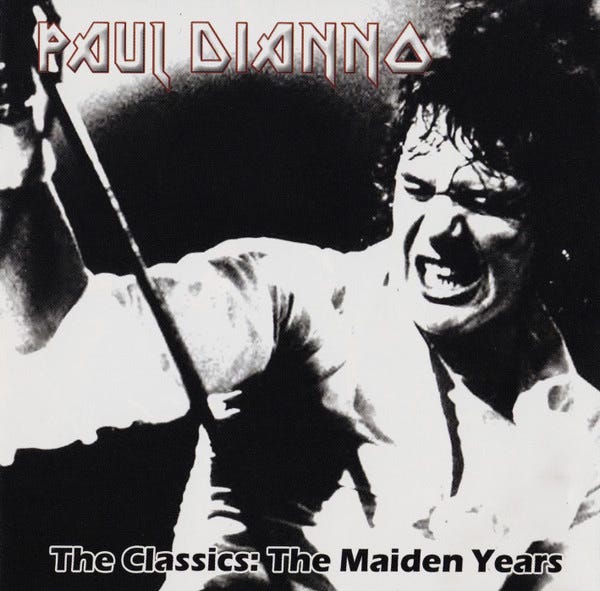I was rudely awakened in the wee hours of Monday morning by a loud crash, a sound I almost immediately recognized as that of my two cats in enthusiastic hunting mode. A neighborhood mouse had made the deeply unwise decision to enter our apartment, and now the poor thing was doomed to spend the final hours of its present incarnation being chased and tormented by Angus and Hugo until they either manually murdered it themselves or simply scared it to death.
Once earlier this year, before I adopted Hugo and it was just me and Angus living here, I was able to intervene in a similar situation and scoot the trespassing mouse safely out the door. But this time, I knew from the intensity of the tag-team feline action and the sheer volume of their ruckus that there was no way I was going to be able to distract or restrain both of them from their appointed mission. I simply tried to go back to sleep — no easy feat, since the hunt went on for another couple of hours — while making a mental note to be on the lookout for whatever remains that the boys would surely leave behind as a warning to all other invading rodents.
When the alarm went off in the morning, Angus and Hugo strutted into my bedroom looking tired from their big night but extremely proud of their handiwork. I took a photo of them and posted it on their Instagram account (yes, they have one) with what seemed to me like the obvious musical choice: “Killers” by Iron Maiden.
Now, this isn’t nearly as spooky or heavy a coincidence as the ones that led to the discovery of my old friend Louise’s final resting place, but it was still a bit jarring to learn just a few hours later that Paul Di’Anno — the guy who’d sung and co-written “Killers” on Maiden’s 1981 album of the same name — had, like the unfortunate aforementioned mouse, also departed this earth.
I’ve written here before at Jagged Time Lapse about my rather comical introduction to Iron Maiden, so I won’t bother rehashing it in today’s post — if you haven’t already read that story, you can find it here:
But what I didn’t mention in that piece was that, although the lurid cover of Killers was what first alerted me to Maiden’s existence in the summer of 1981, I didn’t actually hear that album — or Iron Maiden’s self-titled 1980 debut — until several years later. It wasn’t until college, when I was sitting in a friend of a friend’s dorm room and waiting patiently for them to sell me some pot, that I heard “Wrathchild” for the first time. When I asked my host what album she was playing, she shocked me by answering, “Iron Maiden — Killers”.
By this time, Iron Maiden was already firmly fixed in my mind as a classic metal band with wailing twin guitar leads, an operatic vocalist, and songs that were epic to the point of grandiosity. This song sounded entirely different to me — raw, punky, uncouth and somewhat unpredictable. Witchslayer Jim had told me that Bruce Dickinson was a much better singer than the guy who’d sung on Maiden’s first two albums, so I’d never bothered to explore them. But now that I was finally hearing Killers for the first time, I absolutely loved the way that original singer Paul Di’Anno growled and spat his way through the material.
Further research revealed that Di’Anno looked as much like a swaggering street tough as he sounded — with his leather motorcycle jacket, spiked wristbands and short but shaggy hair, he resembled Darby Crash of the Germs more than a stereotypical 1980s heavy metal frontman. At a time when rules of style and the distinctions between musical genres were taken far more seriously than they are now, the pairing of Di’Anno’s punkish look and demeanor with Maiden’s hard-charging metal was an absolute revelation for me, as it was for so many others. Those early Maiden albums turned out to be my belated gateway to the New Wave of British Heavy Metal, a movement that at its best fused metallic dexterity with the rawness and velocity of British punk with the no-bullshit hard rock attack of bands like UFO and Thin Lizzy.
I loved (and still love) Bruce Dickinson-era Maiden, but I know plenty of folks whose love for the band begins and ends with the Di’Anno era, and I totally get it; after all, the music of the Bruce era is far slicker and more commercial-sounding than the savage, down n’ dirty Di’Anno stuff. Indeed, while Iron Maiden and Killers were massive hits in the UK, it’s hard to imagine Maiden ever breaking through in the States with Di’Anno as their frontman, even if his “erratic behavior” hadn’t been what brought his tenure in the band to a premature end. The idea of a punk-rock looking guy barking away in front of a metal band would have just been far too confusing for most mainstream American metalheads circa 1982 to process, Di’Anno’s considerable charisma notwithstanding.
While Bruce Dickinson has always brought an actor’s approach to his Maiden performances, moving seamlessly between various characters and scenarios that are anything but autobiographical, the distance between Di’Anno and rage-filled early Maiden songs like “Wrathchild” (“I was born into a scene of angriness and greed… I was never meant to be”), “Killers” and “Running Free” was pretty slim, even if bassist Steve Harris was the one penning most of the lyrics. From his birth in 1958 to his death this week, Di’Anno lived a hard and unruly existence, one deeply marred by violence, drug abuse, jail time, intense spiritual conflicts, and (more recently) the ill health that forced him to perform his concerts while confined to a wheelchair. He was married six times, and his peripatetic post-Maiden discography seemed to indicate that maintaining musical relationships was equally challenging for Di’Anno, if not more so.
He was no angel — not by a long shot — and yet, you somehow couldn’t help but root for the guy to get his shit together. Like Lemmy of Motörhead, there was something of the endearingly gruff old pirate about Paul Di’Anno, and you had to respect the way he steadfastly worked his ass off for decades in the face of industry indifference (much of it admittedly created by his own behavior), even though every record he made was fated to be unfavorably compared to his Maiden work.
“I have my own band, but I still have to go around playing these Iron Maiden songs and it does piss you off a bit,” the perpetual underdog told LouderSound in 2002. “No matter what I do it gets compared to Maiden and then I get slagged off. I’m quite a sensitive little lamb on the inside and I get hurt by the press criticisms, there are times when I’ve said to [my girlfriend] ‘Fuck this, I’m going to get a job in McDonalds or something’. But now my philosophy is ‘Fuck ‘em all’, and I’m just going to do what I want.”
Which, for better or worse, is exactly how Di’Anno continued to comport himself. And while the many health travails of the past few years made the news of his passing at the age of 66 something less than a surprise, the metal landscape is certainly a poorer and less colorful place in his absence. Farewell, Paul; hopefully you found that “serious peace of mind” you sang about searching for in “Wrathchild,” and that you’re now running free…








Your description of how trailblazing Maiden was in those early years was spot on Dan. And I don't think they would have made the same impact without Paul. That early stuff was revelatory for those of us who heard it in real time. It was his wild voice and the band's youthful abandon that sounded so great at the time.
Excellent piece, brother. I was talking with a friend yesterday about Paul and how impactful he was, but
also the unfortunate fact that Paul just didn't take care of himself. When you see Maiden these days, Steve Harris and Bruce Dickinson are in amazing, athletic shape and out-perform bands who are 40 years younger. Paul seemed to have demons at a young age, which surely led to his substance abuse issues, and I can only imagine the bitterness of seeing a band that was once yours exploding into super stardom while you are relegated to a mere footnote. I remember about 10-15 years ago, I heard he was going to tour again. I googled him and saw all of the stuff about his jail time. I wish he had gained more respect and had gotten a stronger hold of his life, but it seemed like he could never get himself to the other side of all that plagued him. RIP, Paul.